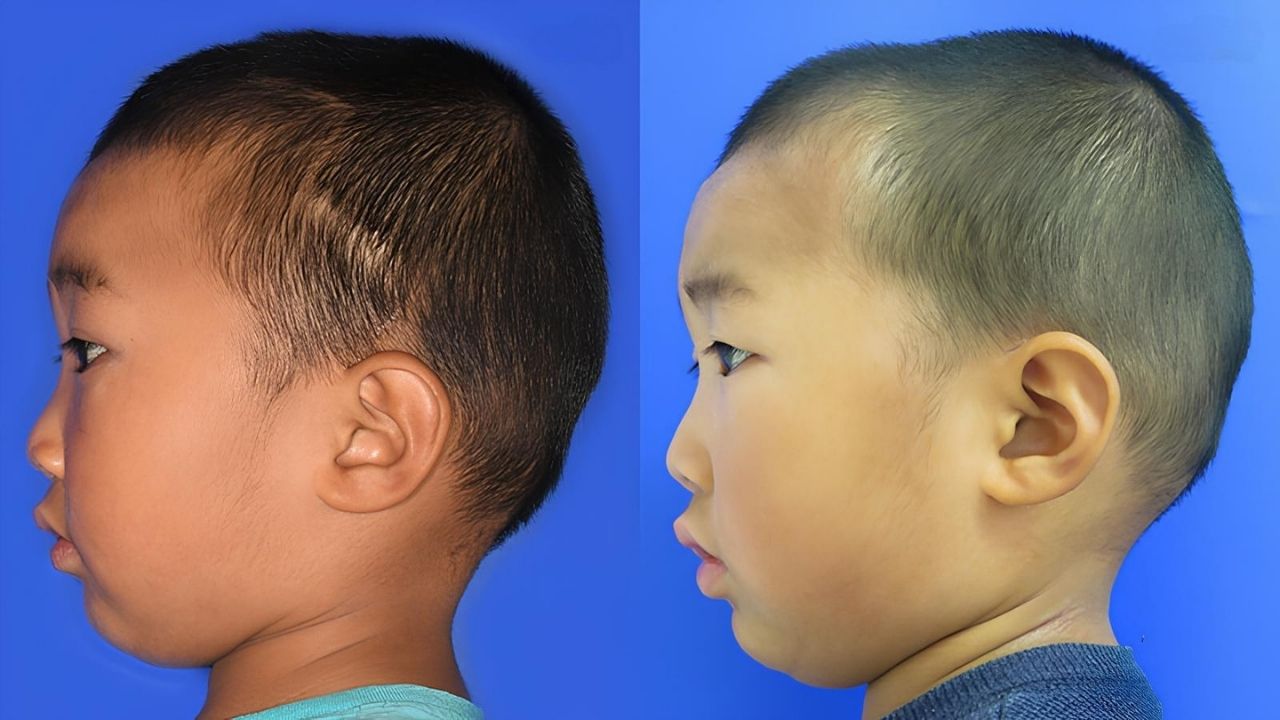
Shprintzen's Syndrome, also known as 22q11.2 deletion syndrome, is a genetic disorder that affects multiple parts of the body. Did you know that this condition can lead to over 180 different symptoms? Some common signs include heart defects, cleft palate, and learning difficulties. Interestingly, it’s one of the most common genetic disorders, yet many people have never heard of it. Why is it important to learn about Shprintzen's Syndrome? Understanding this condition can help in early diagnosis and better management of symptoms. Let's dive into 25 fascinating facts about Shprintzen's Syndrome that will broaden your knowledge and maybe even surprise you!
Key Takeaways:
- Shprintzen's Syndrome, also known as 22q11.2 deletion syndrome, affects 1 in 4,000 people and can cause facial features, heart defects, and learning disabilities. Early diagnosis and a supportive team of specialists are crucial for managing this condition.
- Individuals with Shprintzen's Syndrome may experience physical, cognitive, and health challenges, but with proper medical care, therapies, and family support, they can lead fulfilling lives. Ongoing research into gene therapy offers hope for future treatments.
What is Shprintzen's Syndrome?
Shprintzen's Syndrome, also known as 22q11.2 deletion syndrome or DiGeorge Syndrome, is a genetic disorder caused by the deletion of a small piece of chromosome 22. This condition affects multiple systems in the body, leading to a variety of symptoms and health issues. Let's explore some fascinating facts about this syndrome.
Genetic Basis of Shprintzen's Syndrome
Understanding the genetic foundation of Shprintzen's Syndrome helps in grasping its complexities.
- Chromosome 22 Deletion: The syndrome results from a missing segment on chromosome 22, specifically at the q11.2 location.
- Inherited or Spontaneous: This deletion can be inherited from a parent or occur spontaneously during conception.
- Variable Expressivity: Symptoms vary widely among individuals, even within the same family.
- Prevalence: It affects approximately 1 in 4,000 live births.
Physical Characteristics
Shprintzen's Syndrome often presents with distinct physical features.
- Facial Features: Common facial characteristics include a long face, almond-shaped eyes, and a small mouth.
- Cleft Palate: Many individuals have a cleft palate or other palate abnormalities.
- Heart Defects: Congenital heart defects, such as tetralogy of Fallot, are frequent.
- Growth Delays: Children may experience growth delays and shorter stature.
Developmental and Cognitive Impact
The syndrome can significantly affect cognitive and developmental aspects.
- Learning Disabilities: Many children have learning disabilities and require special education services.
- Speech Delays: Speech and language delays are common, often requiring therapy.
- Intellectual Disability: Some individuals may have mild to moderate intellectual disabilities.
- Behavioral Issues: ADHD, anxiety, and other behavioral issues are prevalent.
Health Complications
Shprintzen's Syndrome can lead to various health complications that require medical attention.
- Immune System Problems: A weakened immune system makes individuals more susceptible to infections.
- Hypocalcemia: Low calcium levels due to underdeveloped parathyroid glands can cause seizures.
- Kidney Abnormalities: Some may have kidney abnormalities or dysfunction.
- Hearing Loss: Hearing loss, often due to recurrent ear infections, is common.
Diagnosis and Treatment
Early diagnosis and intervention are crucial for managing Shprintzen's Syndrome.
- Genetic Testing: Diagnosis is confirmed through genetic testing, such as FISH or microarray analysis.
- Multidisciplinary Approach: Treatment involves a team of specialists, including cardiologists, speech therapists, and immunologists.
- Surgical Interventions: Surgeries may be needed to correct heart defects, cleft palate, or other abnormalities.
- Therapies: Speech, occupational, and physical therapies are essential for developmental support.
Living with Shprintzen's Syndrome
Life with Shprintzen's Syndrome involves ongoing management and support.
- Educational Support: Individualized education plans (IEPs) help address learning needs.
- Family Support: Support groups and counseling can assist families in coping with the challenges.
- Regular Monitoring: Continuous medical monitoring is necessary to manage health issues.
- Advocacy: Advocacy for awareness and research funding is vital for improving outcomes.
Research and Future Directions
Ongoing research aims to improve understanding and treatment of Shprintzen's Syndrome.
- Gene Therapy: Researchers are exploring gene therapy as a potential treatment to address the genetic cause.
Final Thoughts on Shprintzen's Syndrome
Shprintzen's Syndrome, also known as 22q11.2 deletion syndrome, affects many aspects of life. From heart defects to learning difficulties, the challenges are diverse. Early diagnosis and intervention can make a significant difference. Genetic counseling is crucial for families to understand the condition and its implications. Support groups and resources are available to help navigate the journey. Awareness and education about this syndrome can lead to better support systems and improved quality of life for those affected. Remember, each individual’s experience with Shprintzen's Syndrome is unique, and with the right care, they can lead fulfilling lives. Stay informed, stay supportive, and always advocate for those who need it.
Frequently Asked Questions
Was this page helpful?
Our commitment to delivering trustworthy and engaging content is at the heart of what we do. Each fact on our site is contributed by real users like you, bringing a wealth of diverse insights and information. To ensure the highest standards of accuracy and reliability, our dedicated editors meticulously review each submission. This process guarantees that the facts we share are not only fascinating but also credible. Trust in our commitment to quality and authenticity as you explore and learn with us.
